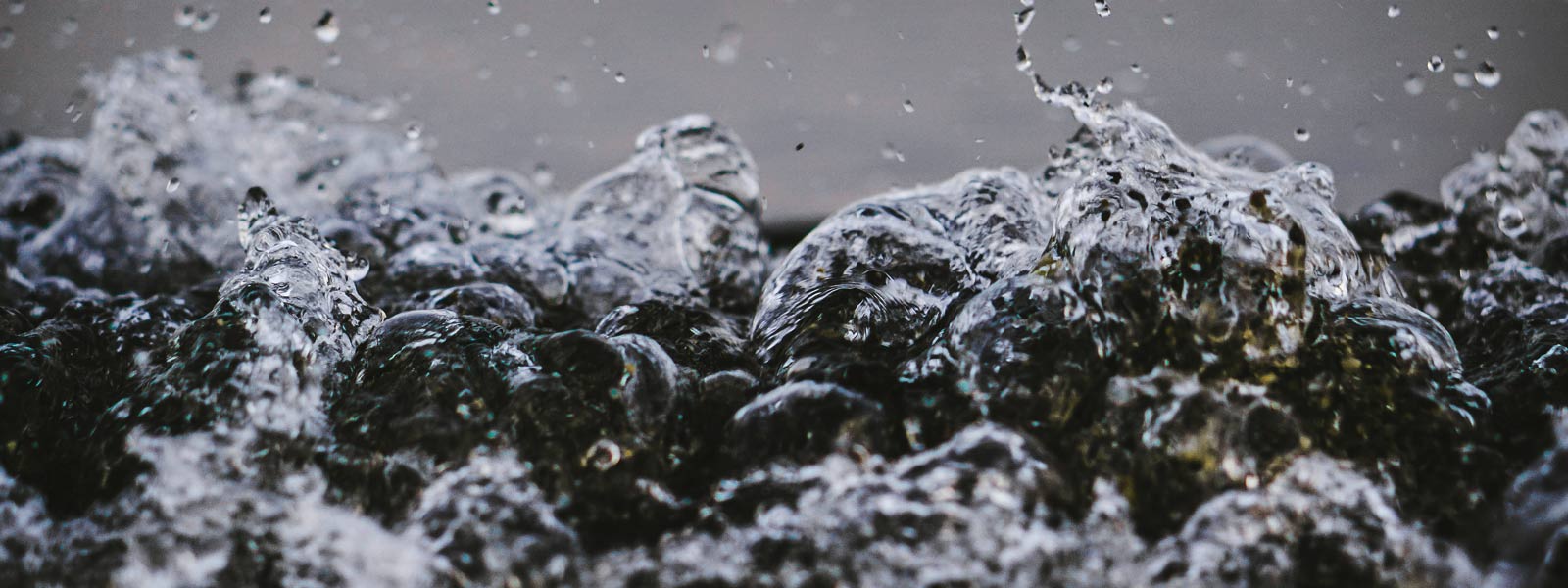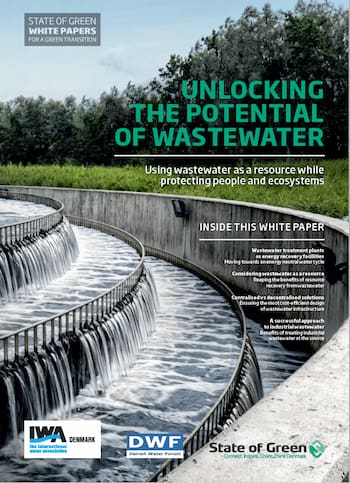Download our publication on unlocking the potential of wastewater
This article is part of our publication ‘Unlocking the potential of wastewater’.
Download nowPerspective
Wastewater treatment
Wastewater management


Stronger environmental legislation and increased public awareness of the importance of proper wastewater treatment have led to centralised and more efficient treatment in many regions. Other factors driving the centralisation of wastewater treatment include consolidation of the water sector with bigger water utilities and an increased demand for cost-efficient treatment and resource recovery.
In some regions, sewerage networks and treatment facilities have reached a coverage of almost 100%. However, in many other regions there is still a massive need for further expansion of sewer networks and for construction of new or upgrading of existing treatment plants. Ensuring the most cost-efficient design of an area’s wastewater infrastructure is a great challenge.
In areas with dense population, the optimal structure seems to be mainly large centralised treatment facilities as increased demands of energy self-sufficiency and resource recovery requires larger units. In rural or semi-rural areas, the most cost-efficient structure tends to be decentralised with smaller local treatment plants and low-technology solutions. This general model, however, is being challenged from many sides.
Rapid urban growth, especially in developing countries, may require a cluster approach to maintain sewer networks of manageable size. Furthermore, water scarcity calls for increasing reuse of wastewater in local areas. New technologies, such as compact treatment units or different membrane technologies, are rapidly becoming competitive for households, buildings and industrial districts.
In Denmark and other countries, centralised wastewater treatment, where wastewater is pumped from minor towns and villages to the nearest bigger town, have become very common over the past 10-15 years. The main driver for the development is an increased demand for cost-efficient solutions with focus on reduced operational costs, especially related to reduced labour and maintenance costs and more energy efficient plants.

This article is part of our publication ‘Unlocking the potential of wastewater’.
Download nowIn Denmark, the centralised treatment plants initially used simple biological treatment to decompose the organic components in the wastewater. Although the biological treatment was developedand optimised to provide almost complete breakdown of organic substances, the end products and other pollutants still caused severe environmental degradation to the receiving water bodies. This led to the development of new tertiary treatment
technologies for removal of substances like nitrogen and phosphorus by biological or chemical methods.
The latest development includes very energy efficient wastewater treatment and more plants are in fact becoming net producers of both electricity and heat. Furthermore, some WWTPs have been designed for phosphorus recovery. At present, it is only feasible to apply solutions that recover energy, phosphorus and other valuable resources from wastewater at larger, centralised wastewater treatment plants. At smaller plants, these processes are too costly and too complex.